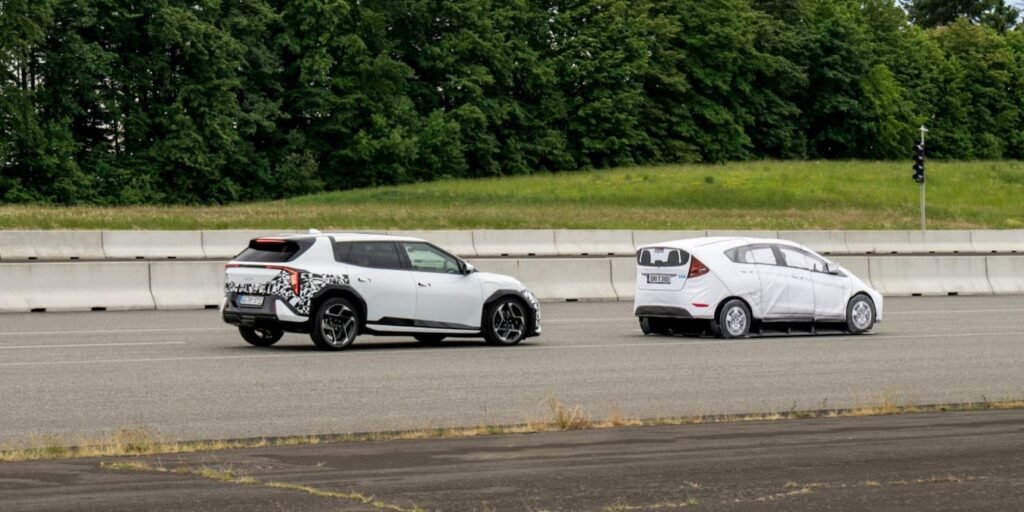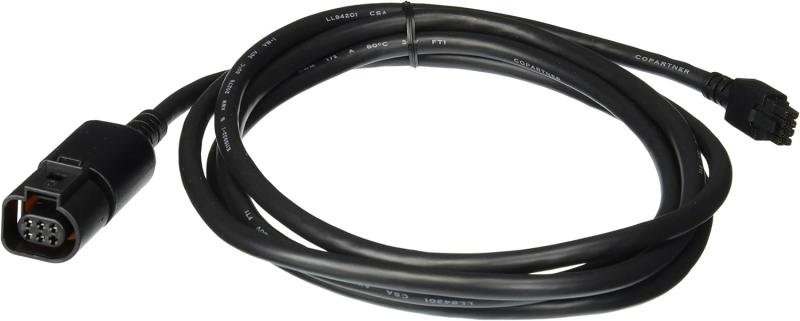
The Federal Deposit Insurance Corp.’s Board of Directors Tuesday issued a proposed rule for public comment that would revise how banks must display FDIC signage on digital interfaces and ATMs where they receive deposits.
The proposal, which was issued without a public meeting of the FDIC board, comes as the administration has already pushed back implementation dates for
“The proposal would address implementation issues and sources of potential confusion raised since the FDIC’s adoption of the 2023 final rule amending its sign and advertisement of membership regulations,” the FDIC wrote in a release. “Through the proposal, the FDIC would provide additional flexibility to [banks].”
Under the existing standards, the FDIC requires banks to include a disclaimer for customers visiting any online webpage “relating” to non-deposit products. The disclaimer must warn customers that non-deposit products are not insured by the FDIC, are not deposits, and may lose value. The proposal issued Tuesday would allow banks to forgo this warning to customers on any pages except those that are primarily dedicated to non-deposit products.
The proposal would also remove the requirement that banks inform customers that funds are FDIC-insured on an institution’s “landing page,” which is a targeted page customers “land” on when they click a link in an email, ad or marketing channel, designed to convert visitors into customers.
ATMs which receive deposits and offer access to non-deposit products would have similar leniency to display the FDIC sign only in limited and initial moments when a customer first accesses the device. The proposed rule would allow the sign to be displayed only on the initial screen of the ATM, unlike the existing requirements which force banks to display the FDIC sign clearly, continuously, and conspicuously on every page related to deposit products. The non-deposit warning would also only be placed on the initial transaction page, rather than giving customers consistent, multiple reminders that non-deposits are not insured and not backed by the government.
The proposed revised rule would also remove warnings banks were required to display when bank customers logged into their bank attempts to access non-deposit products through a hyperlink to a third-party nonbank platform. This safeguard, intended to starkly distinguish between non-deposit products and FDIC-insured deposit products, forced customers to dismiss the warning before proceeding to the third-party website offering said non deposit product. The proposed rule would allow the notification to disappear after three seconds.
The proposed rule would also allow banks more flexibility in the graphic layout of the signage on their websites. Banks could choose the size of the FDIC official sign and place the signage within blocks of text, in addition to choosing the color and font of the FDIC logo.
The Biden-era FDIC Board finalized a rule in December 2023 that requires FDIC-insured depository institutions to display a new digital official FDIC sign near the name of their bank on all websites and mobile platforms by 2025. The rule requires conspicuous physical signs in nontraditional bank facilities and explicit labeling of insured and non-deposit products.
The 2023 rule came on the heels of the agency’s redoubled efforts to educate the public on deposit insurance coverage. The agency’s “








